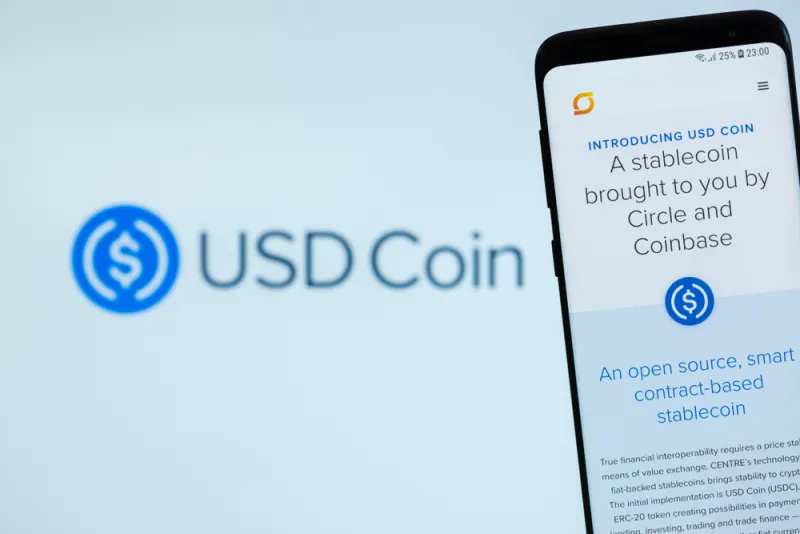This article is about something extremely important. Cryptocurrency exchange fees. All exchanges charge fees from their users, that is (together with selling advertising space and charging listing fees from ICO-teams that want to list their token at an exchange) the only way they make money. So, if we want exchanges to exist, we need to accept that the exchanges charge some level of fees. However, what level of fees is reasonable? That is a more difficult question.
We have divided this article into three different fee groups following a classic chronological order of action: deposit fees, trading fees, and withdrawal fees. The exchanges charge deposit fees when you deposit funds to the exchange, trading fees when you make trades at an exchange, and withdrawal fees when you want to take home your profits or losses and remove assets from an exchange.
Cryptocurrency Exchange Fees – Group 1: Deposit Fees
The first group of cryptocurrency exchange fees is deposit fees. Exchanges normally don’t charge any fees at all when you deposit cryptocurrencies. They’re happy enough that you have chosen to place the cryptos there. However, when you deposit fiat currencies, deposit fees are almost always charged. The size of the deposit fees depends on the payment method used. Bank transfer deposits normally results in lower deposit fees than a corresponding credit or debit card deposit. This is primarily because the exchanges themselves has to pay banks and credit card providers certain payment processing fees.
Some exchanges charge a deposit fee of up to a staggering 11% for credit card deposits.

We can’t really say that “this fee” is good and “this fee is bad”, as there is no clear industry average with respect to deposit fees (but 11% is an extreme). But – if you’re not only going to deposit cryptocurrencies – we strongly urge you to check the deposit fees for your preferred deposit method before depositing. But we’ll leave it at that. Now over to a much more exciting group of cryptocurrency exchange fees: trading fees!
Cryptocurrency Exchange Fees – Group 2: Trading Fees
The second group of cryptocurrency exchange fees is trading fees. Every trade occurs between two parties: person 1 whose order exists on the order book prior to the trade, and person 2, who places the order that matches (or “takes”) the person 1’s order. Person 1, we call a “maker”, as he/she “makes” the order that gets executed. Person 2, we call the “taker” as he/she takes the order that the maker made.
Makers’ orders make the liquidity in a market. Takers are the ones who remove this liquidity by matching makers’ orders with their own.
Normally, takers pay higher fees than makers. Makers accordingly receive a discount for providing the liquidity in the market.
The exchanges charge both the taker fee and the maker fee as a percentage of the order value. So, let’s say that a taker fee is 1% and you buy Bitcoin for 100 dollars. This would mean that you receive Bitcoin for 99 dollars after the exchange has charged its fees.

What is the Average Crypto Trading Fee?
You might wonder, what is the global industry average fee for takers? And what is the global industry average for makers? Generally, people say that the industry average for taker fees at centralized crypto-to-crypto exchanges is 0.25%. The corresponding industry average for maker fees is slightly lower as some exchanges offer discounts to makers, approximately 0.20%.
UPDATE 12 October 2020: Today, more than 18 months after this article was initially written, we have performed a large empirical study to finally answer the question of what really constitutes the average fees. That study is published here. The answer is 0.213% for takers and 0.16% for makers.
There are also outliers that are way better or way worse than the industry average. For instance, seven exchanges in the world actually pay makers for helping out with making trades happen:
- Crex24 (from Estonia),
- Liquid (from Singapore),
- Bybit (from the British Virgin Islands),
- HitBTC (from Denmark),
- Delta Exchange (from Saint Vincent and the Grenadines – if you haven’t heard about that place, read up on it here),
- Cryptox (from Poland), and
- Gopax (from South Korea).
On the other side of the spectra, we have the real thieves. The exchanges that charge absolutely insane trading fees. The worst one that we know of is Russian Cash2PM. Cash2PM charges 20%. This is roughly 100 times the industry average. Needless to say, this is ridiculously expensive. The fees are absolutely barbaric and we would rather eat glass than use this service. But hey, each person out there is allowed to make their own choices.
To easily compare between exchanges, and sort them in the order of highest to lowest, or lowest to highest, you can use our Cryptocurrency Exchange List. That list is the biggest list in the world with information on fees for all of the 500+ exchanges listed.
Flat Fees
Another very common fee model is what we call a flat fee model. Exchanges that have “flat fees” doesn’t charge different fees between takers and makers. For investors who prefer to pick-up existing orders from the order book (and thus be takers), this might be an attractive trading fee model.
The flat fee model is what Binance, Huobi and many other exchanges use.
You should also note that many exchanges have trading fees that are reduced as volumes are increased, meaning that you are incentivized to trade in higher volumes. So if you’re a high-roller crypto trader, the fees listed at the respective websites of the different exchanges might be a bit higher than the ones you will have to pay when you trade.
Exchange Tokens
There are also certain exchanges that have issued their own cryptocurrencies. In terms of market capitalization (as per the date of writing this script), the biggest ones of these are:
- Binance Token (the 14th most valuable cryptocurrency in the world)
- KuCoin Token (place 63)
- Huobi Token (place 73)
- Qash (Quoine Token, place 75)
Exactly what benefits you get by holding a cryptocurrency exchange token as the ones now mentioned depends on the token. Normally though, you receive a discount on the trading fees when trading at such exchange, or receive the equivalent of dividend payments periodically.
Cryptocurrency Exchange Fees – Group 3: Withdrawal Fees
The third and final group of cryptocurrency exchange fees is withdrawal fees. Let’s say that you have been trading at an exchange for a while and you have made a decent profit, and for some reason, you need to withdraw your funds. You have to pay for something or you just want to move the assets to a separate wallet or another exchange. Then, the exchange normally charges you withdrawal fees.
Fixed Withdrawal Fees
Withdrawal fees are typically fixed at a certain level, regardless of the size of the withdrawn amount. So, if you withdraw BTC, it is the same fee for withdrawing 1 BTC as it is for withdrawing 1,000 BTC. The rationale behind this is that there is a network fee charged by the blockchain network behind BTC, and that network fee is a “fee per transaction” not “fee per BTC”.
Many exchange only charge the network fee, i.e. the mandatory fee that you incur in every transaction on a certain blockchain. This is consumer friendly. There is however one step higher in consumer friendliness with respect to withdrawal fees by cryptocurrency exchanges, and that is when the exchange actually pays the network fee for you. The result being: 0.00 in withdrawal fees. This is very competitive for consumers.
What is the Average Crypto Withdrawal Fee?
There is only one empirical study in the world on what actually constitutes an average fixed withdrawal fee. According to that study, performed by us here at Cryptowisser, after looking at 218 different exchanges charging fixed BTC-withdrawal fees, we concluded that the global industry average BTC-withdrawal fee is 0.000812 BTC.
UPDATE 22 September 2020: According to a new empirical research study done by Cryptowisser.com (in June 2020), this time including more than 400 different exchanges, we concluded that the withdrawal fee average is lower than earlier, now around 0.00061 BTC per BTC-withdrawal.
Percentage-based Withdrawal Fees
Finally, there are also exchanges charging percentage based withdrawal fees. Out of the more than 360 exchanges listed by us in our Cryptocurrency Exchange List, only 14 has a percentage based withdrawal fee (from lowest to highest): SouthXchange (0.04%), Digax (0.10%), BitINKA (0.15%), RippleFox (0.20%), DOBI Trade (0.30%), ChaoEx (0.50%), OOOBTC (0.50%), BCEX (0.50%), iCE3X (0.50%) LEOxChange (1.00%) and Trustdex (1.00%).
With a percentage based withdrawal fee model, when you withdraw small amounts, the fee is beneficial to you. If you withdraw 0.01 BTC and the withdrawal fee is 0.50%, the withdrawal fee becomes 0.00005 BTC (extremely low). However, if you withdraw 10 BTC, the withdrawal fee becomes 0.05 BTC (extremely high). You should consider whether this withdrawal fee model is suitable for your own trading.
Conclusion
In conclusion, when assessing the fee offering at a specific exchange, you need to assess the fees taken as a whole. The trading fees are low, but the withdrawal fees are extreme? No good. The exchange offers free withdrawals but abuse you with their trading fees? No good. You need to take them all into account. And – to your help – you have the Cryptocurrency Exchange List from Cryptowisser.
Good luck!

 Richard Ramberg
Richard Ramberg







